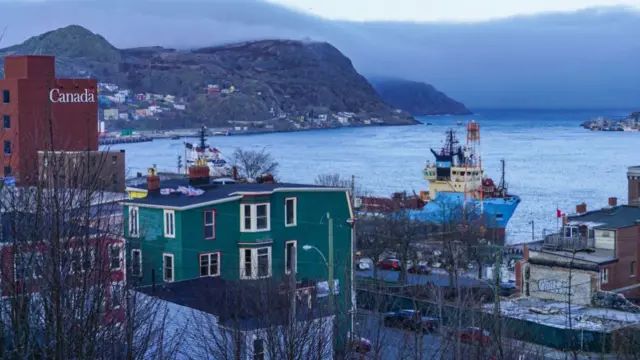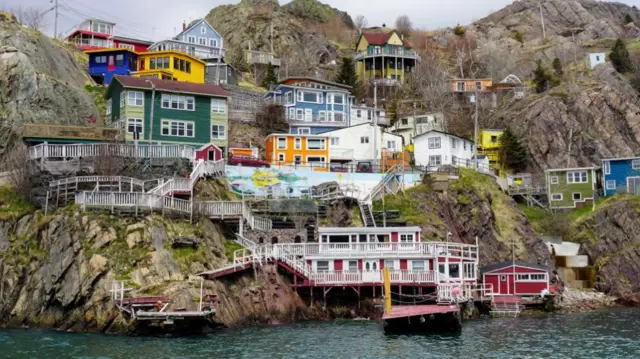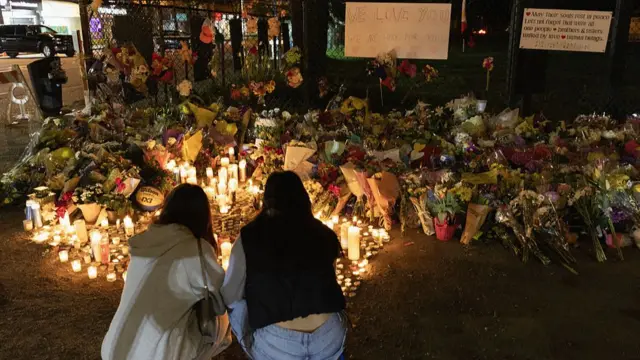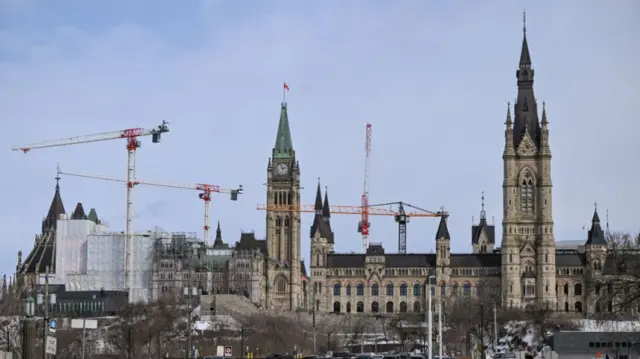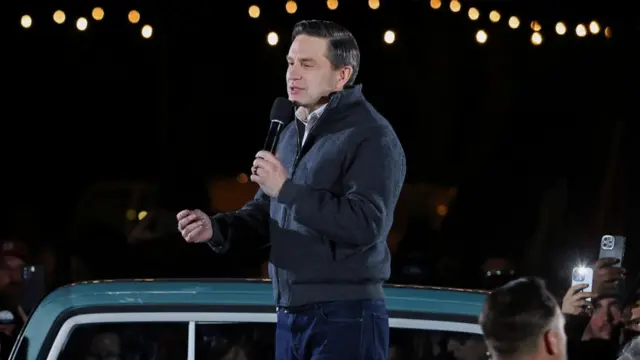How many seats are there in the provinces opened for polls?published at 12:43 British Summer Time 28 April
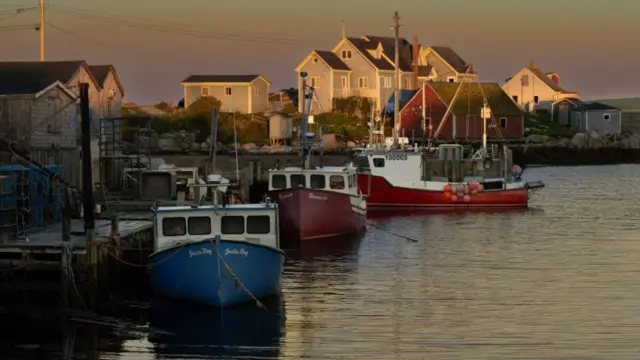 Image source, Getty Images
Image source, Getty ImagesSunrise over Peggy's Cove, Nova Scotia
In Prince Edward Island, there are four seats up for grabs. New Brunswick has 10, and in Nova Scotia, there are 11 seats.
As we mentioned earlier, there are seven seats in Newfoundland and Labrador, which is where the first polls in Canada opened today.
The next set of polling stations will open in just under two hours, with people in Ontario, Quebec and Nunavut and others stretching all the way to British Columbia getting ready to vote.
